Introduction
Electric cars are quickly changing the American automobile world. As the number of sales is increasing at an alarming pace year after year, and there is an increasing number of models being released into the market, a high number of drivers are thinking of making the switch to traditional gasoline automobiles. But are EVs right for you?
Before making this important choice, it is important to know the benefits and drawbacks of electric vehicles. It is a thorough guide to the practical advantages and issues of owning an EV that will allow you to make a sound decision regarding your needs and circumstances.
The Compelling Benefits of Electric Vehicles
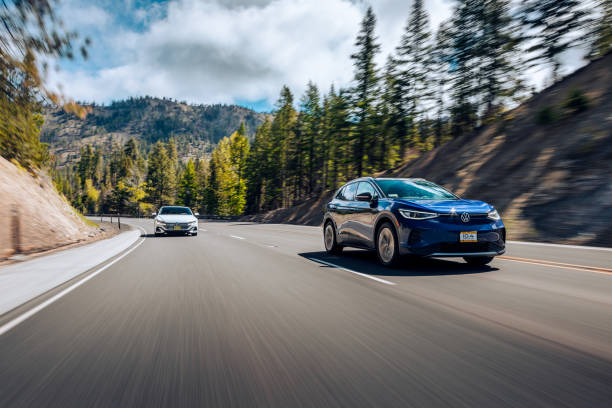
January 20, 2023
VW ID 4 driving on the road
Environmental Impact That Actually Matters
EVs also generate zero direct emissions, which makes them an influential instrument to clean the air and fight climate change.
Even with the consideration of electricity generation, EVs usually cause 60-70 percent less emissions compared to similar gasoline automobiles throughout their lifespan.
The importance of this environmental benefit is even greater because the US electric grid is still being integrated with more renewable energy sources such as wind and solar energy.
Real Money in Your Pocket
The monetary benefits of EV ownership go way beyond the purchase cost. The annual savings of electric vehicle owners usually range between 1,000 and 2,000 dollars in relation to gas expenses, which is determined by their usage patterns and the electricity prices in their area.
Savings on maintenance are accumulated at a rapid pace as well. EVs also have a lower number of moving components compared to conventional cars. There are no oil changes, spark plugs, or timing belts to change. A majority of EV owners also report that the maintenance cost is 40-50% less than gasoline vehicles.
Government Incentives Make EVs More Affordable
Federal tax credits may save you up to $7,5000 of your EV purchase cost with more state and local credits in a wide area. The Clean Vehicle Rebate Project in California is an example of such a program that also has an option of additional rebates that can be stacked on top of federal incentives.
Special EV charging rates and rebates on the installation of home charging stations are available in many utility companies, which further lower the overall cost of ownership.
The Current Limitations to Consider
Higher Upfront Investment
The initial purchase price is the biggest obstacle to several potential EV buyers. The majority of electric cars are priced between 5,000 and 15,000 dollars higher than similar gasoline-powered vehicles, but the difference is steadily decreasing due to the decreasing price of batteries and increased production volumes.
It is, however, worth multiplying the total cost of ownership by 5 years which tends to favor EVs after taking into consideration the fuel savings and incentives.
Range and Charging Infrastructure Concerns
Although current EVs have an impressive range (most now have over 300 miles per charge), range anxiety is still a valid concern to some drivers.
Long journeys would need further planning to identify the charging stations on your way. The charging system is growing at a fast rate, and more than 60,000 community chargers are currently present in the US.
Nonetheless, the density of charging stations differs greatly in accordance with the areas, where the rural locations are yet to receive sufficient services in comparison with cities.
Charging Time Reality Check
Even high charging stations take 30-45 minutes to charge an EV to 80 percent capacity, which is significantly longer than filling up a gas tank. A full charge of home charging requires 6-12 hours, but in most cases of day-to-day driving, overnight charging is sufficient.
Popular Electric Vehicle Models Worth Considering
Tesla Model 3
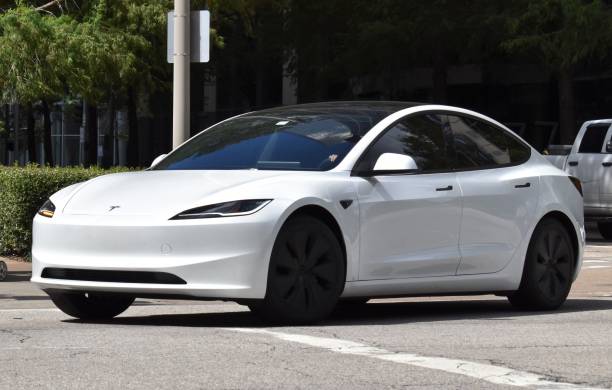
The Model 3 begins at $44,130 and has 303-363 miles of range, with it still being one of the most popular EVs in America. Its performance, technological facilities, as well as the built-in charging system make it a strong contender among the numerous consumers.
2025 Lucid Air
The Lucid Air offers luxury features (starting price of $71,400) and an excellent range (406-480 miles), which makes it a luxury car for luxury buyers.
Kia EV9
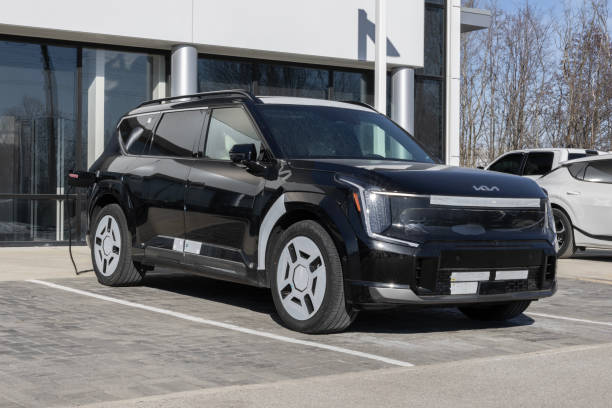
Families with three-row requirements will like the spacious interior of the EV9 with a 2300304-mile range, beginning at 56395. It introduces family-size options in the EV segment at a relatively affordable price.
Hyundai Ioniq 5
The Ioniq 5 is unique in its design and speedy charging, with a range of 245-318 miles, with a starting price of 44,200.
Frequently Asked Questions
What are the environmental advantages of a robot in driving an EV?
Even with electricity generation, electric vehicles have zero tailpipe emissions and usually have 60-70% lower lifetime emissions than gasoline-powered cars. Maturity: As the power grid gets cleaner due to more renewable energy, this advantage will keep increasing.
What will I be able to save on maintenance and fuel with an EV?
The majority of EV owners save between 1 to 2,000 a year in fuel savings and incur 40-50 percent of the maintenance costs since very few moving parts and no oil changes, no spark plugs or timing belt repairs.
Are there any government incentives for EVV buyers in the US?
Federal tax credits provide up to 7,$7,500 for eligible new EVss, and other state and local incentives are available depending on location. In certain statestessuch as California, some rebates can be added to federal incentives on top of incentives, and utilities in many states offer lower charges on EVscompared to standard vehicles.
What is the current state of the charging infrastructure of EVs in the US?
There are more than 60,000 public charging stations in the US, and the number is rapidly growing. The main states, such as California, New York, and Florida, already have a powerful network of charge, but there remains a gap in infrastructure in rural areas that has been closed slowly but surely.
How to Choose Your Electric Car
Raising the number of electric vehicles is a promising step towards sustainable transportation with a substantial reduction of environmental effects and savings in the long term. Technology has now reached its maturity stage, and the latest EVs have a realistic range and enhanced charging facilities.
But still, the increase in the initial cost and the existing constraints on both speed and access to infrastructure suggest that EVs are not yet the most appropriate answer for alldrivers. When making this decision, take into account your usual driving habits, pocket, and available charging options in your area.
With the continued advances in the technology of batteries and the growth of the charging infrastructure, electric cars are bound to be seen as a more viable option among more Americans. It is not a question of whether EVs are going to take over the future, but only that you should take the time to make the switch.
Desclaimer
Information and data used is subject to change and are given under the current market conditions. The estimates of savings of fuel and maintenance may change depending on the personal driving habits and location. The tax incentives and government rebates would be eligible and available on the basis of eligibility criteria. The article is not financial or professional advice; it is just informational. The reader is supposed to involve professional people in making buying decisions.

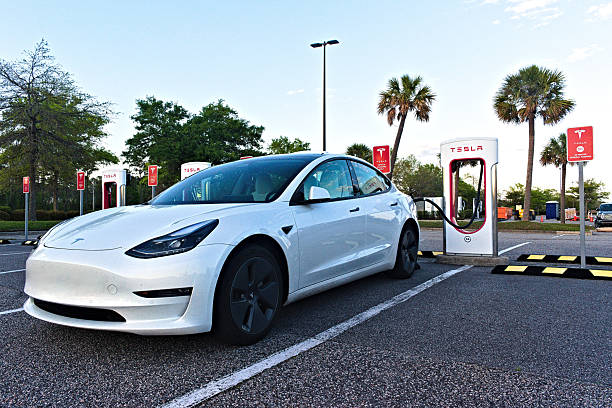
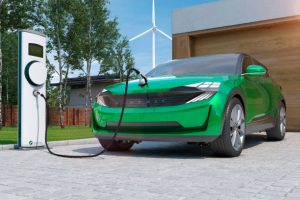









Add Comment